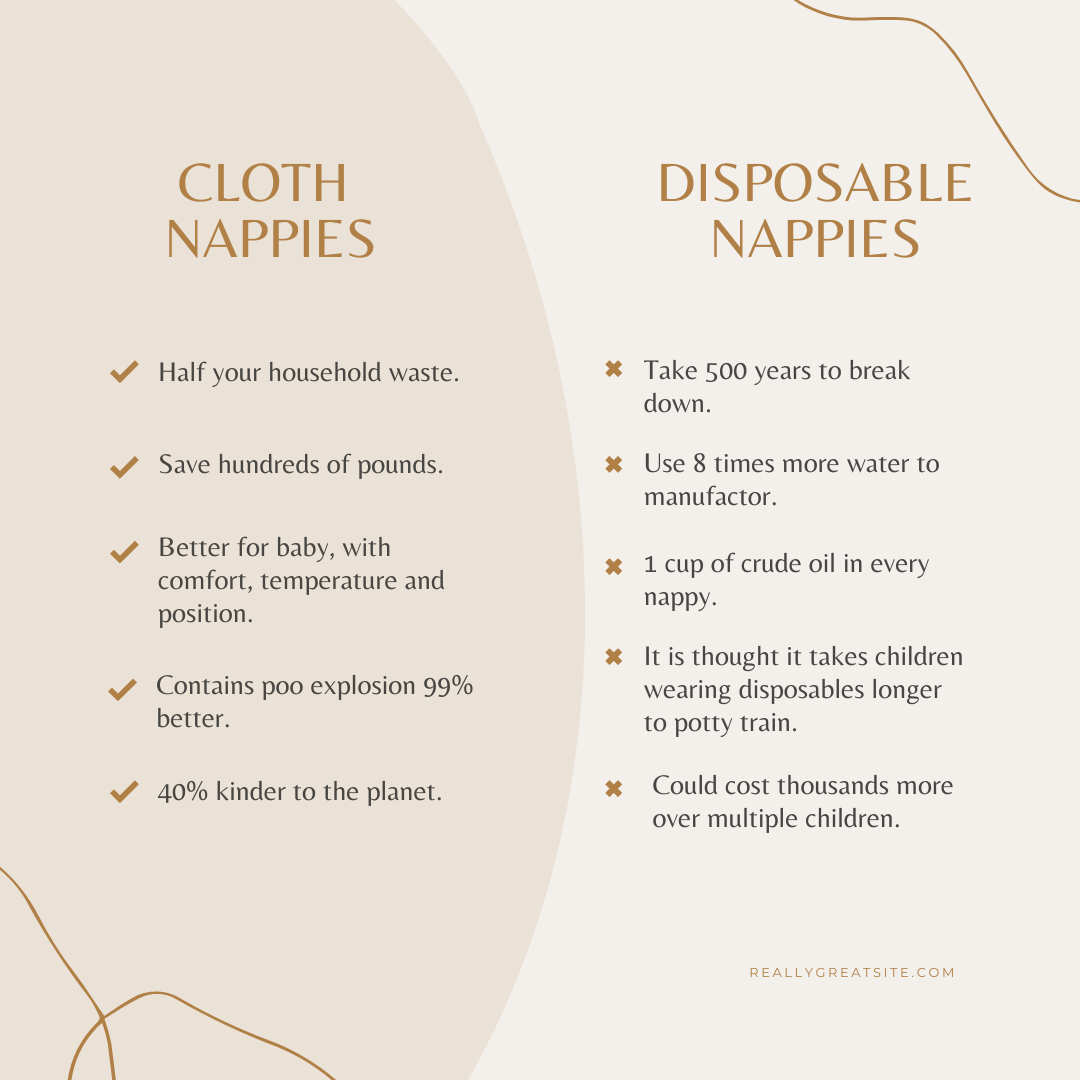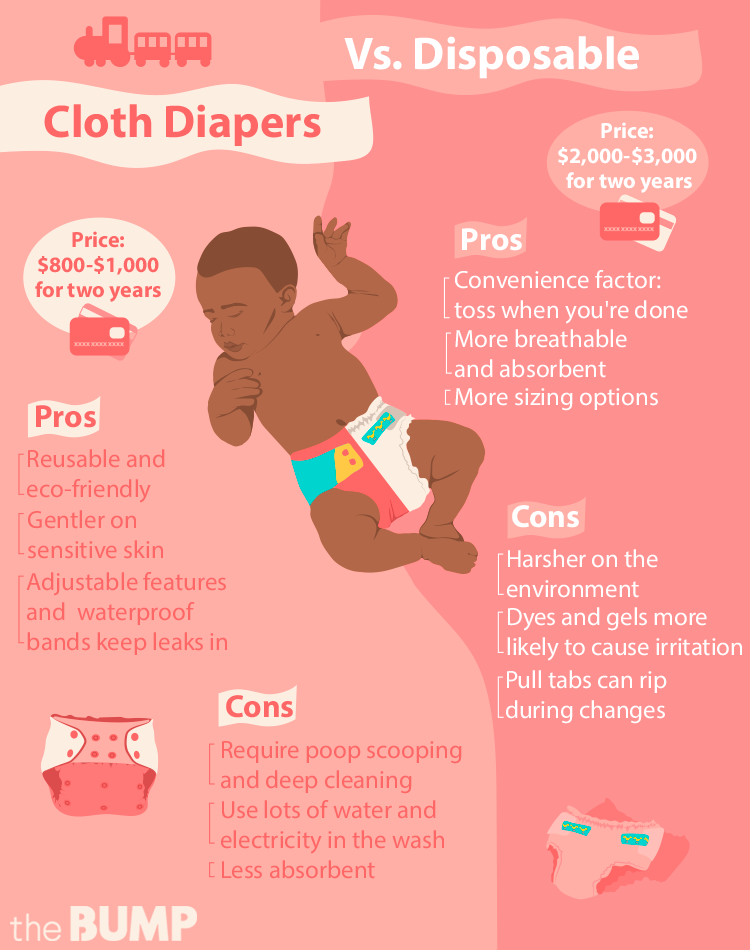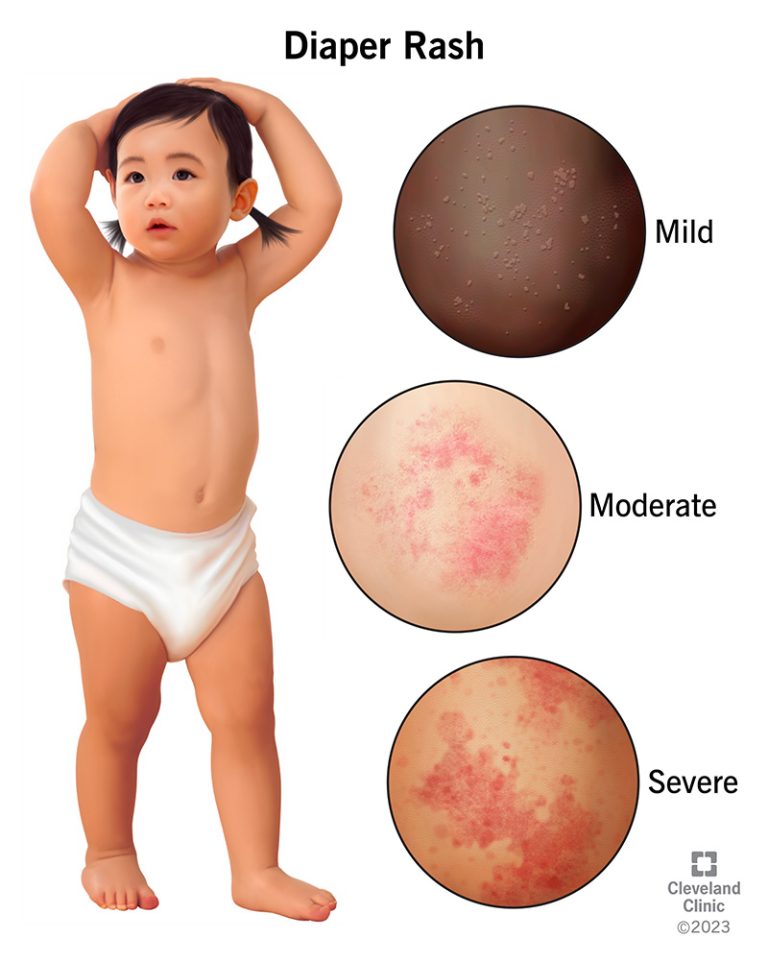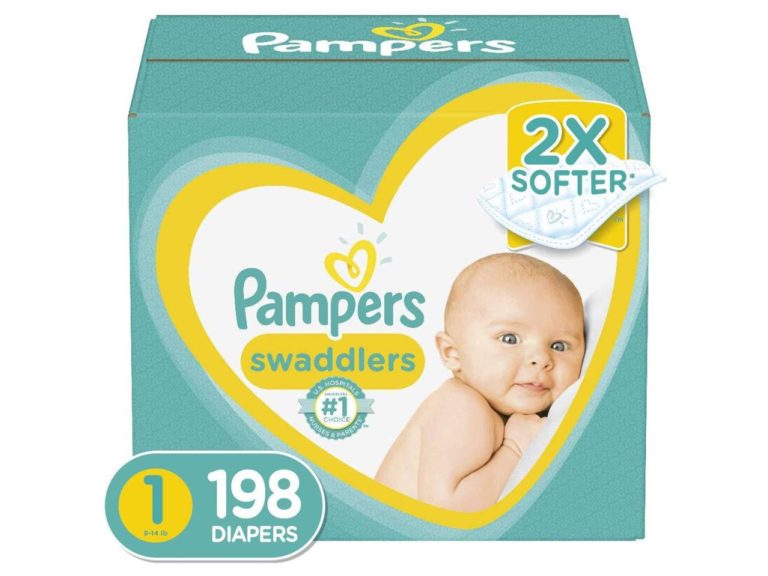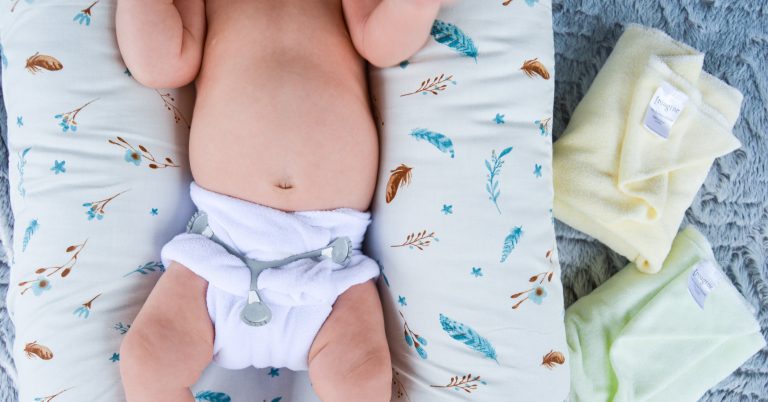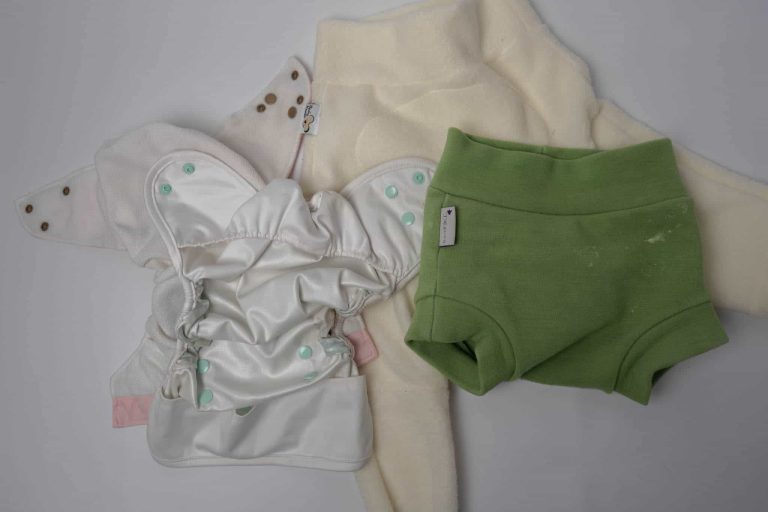Pros And Cons of Cloth Diapers: Weighing the Benefits and Drawbacks
**Pros and Cons of Cloth Diapers:** Cloth diapers are eco-friendly and cost-effective, but they require frequent washing and can be less convenient. **** Cloth diapers have gained popularity among environmentally conscious parents.
They offer a sustainable alternative to disposable diapers. Many parents appreciate their eco-friendly nature and potential cost savings. Cloth diapers reduce landfill waste and can be reused multiple times. They are made from soft, breathable materials that are gentle on a baby’s skin.
Despite these benefits, cloth diapers come with challenges. They demand regular washing and can be less convenient during travel. Some parents find them less absorbent, requiring more frequent changes. Weighing these pros and cons helps parents decide if cloth diapers fit their lifestyle and values.
Introduction To Cloth Diapers
Cloth diapers are a popular choice among parents today. They are reusable and eco-friendly. These diapers have a long history and are making a big comeback.
Brief History
Cloth diapers have been around for centuries. In ancient times, parents used animal skins and cloths. By the 1800s, people started using cotton diapers. This made diapering easier and more comfortable for babies.
In the mid-20th century, disposable diapers gained popularity. They seemed more convenient. But many parents continued to use cloth diapers. Today, cloth diapers are more advanced and user-friendly.
Current Popularity
Cloth diapers are back in fashion. Many parents choose them for their eco-friendly benefits. Modern cloth diapers come in various styles and colors. They are more absorbent and easier to clean.
Parents also like cloth diapers for their cost savings. Over time, they are cheaper than disposables. This makes them a smart choice for many families.
| Pros | Cons |
|---|---|
| Eco-friendly | Initial cost is high |
| Cost-effective over time | More laundry |
| Gentle on baby’s skin | Learning curve for new users |
Environmental Impact
The environmental impact of cloth diapers is a major consideration for many parents. Understanding the pros and cons can help you make an informed decision. Cloth diapers have both positive and negative effects on the environment. Let’s explore these aspects under the headings: Reduced Waste and Resource Consumption.
Reduced Waste
Cloth diapers significantly reduce waste. Unlike disposable diapers, they are reusable. This means fewer diapers end up in landfills. Disposable diapers take hundreds of years to decompose. Cloth diapers avoid this issue.
Consider these points:
- Millions of disposable diapers are discarded every year.
- Cloth diapers can be used for multiple children.
- Using cloth reduces the volume of trash produced.
Resource Consumption
Resource consumption is a critical factor. Cloth diapers require water and energy for washing. This can be a drawback. Let’s examine resource usage:
| Resource | Cloth Diapers | Disposable Diapers |
|---|---|---|
| Water | High (for washing) | Low (production only) |
| Energy | High (for washing and drying) | Moderate (manufacturing) |
| Raw Materials | Low (reusable) | High (single-use) |
Washing cloth diapers uses water and electricity. This can impact the environment. Disposable diapers require raw materials like plastic and wood pulp. These materials are not renewable.
Both diaper types have environmental costs. Cloth diapers reduce landfill waste. They also consume more water and energy. Weighing these factors can guide your choice.
Cost Analysis
One of the biggest factors parents consider when choosing between cloth and disposable diapers is the cost. Let’s dive into the cost analysis of cloth diapers, focusing on the initial investment and the long-term savings.
Initial Investment
Cloth diapers have a higher initial cost compared to disposables. You need to buy enough to last between wash cycles. Here’s a breakdown of the initial expenses:
| Item | Average Cost |
|---|---|
| Cloth Diapers (24-36) | $200 – $500 |
| Diaper Covers (6-8) | $50 – $100 |
| Diaper Pail | $20 – $40 |
| Laundry Detergent | $10 – $20/month |
This initial investment can seem steep. But it sets you up for long-term savings.
Long-term Savings
Over time, cloth diapers become more economical. Here’s a detailed look at the long-term savings:
- Disposable Diapers: An average baby uses 2,500 to 3,000 diapers in the first year. This can cost around $500 to $700 annually.
- Cloth Diapers: The initial investment is higher, but you spend less over time. The cost of washing and detergent is minimal compared to buying disposables.
Let’s do a quick comparison over three years:
| Type | Yearly Cost | Total Cost (3 years) |
|---|---|---|
| Disposable Diapers | $500 – $700 | $1,500 – $2,100 |
| Cloth Diapers | $200 – $500 (initial) + $120 – $240 | $320 – $740 |
By using cloth diapers, you can save a significant amount of money over time. This is especially true if you plan to use them for multiple children. The cost per diaper decreases, making cloth a smart long-term investment.
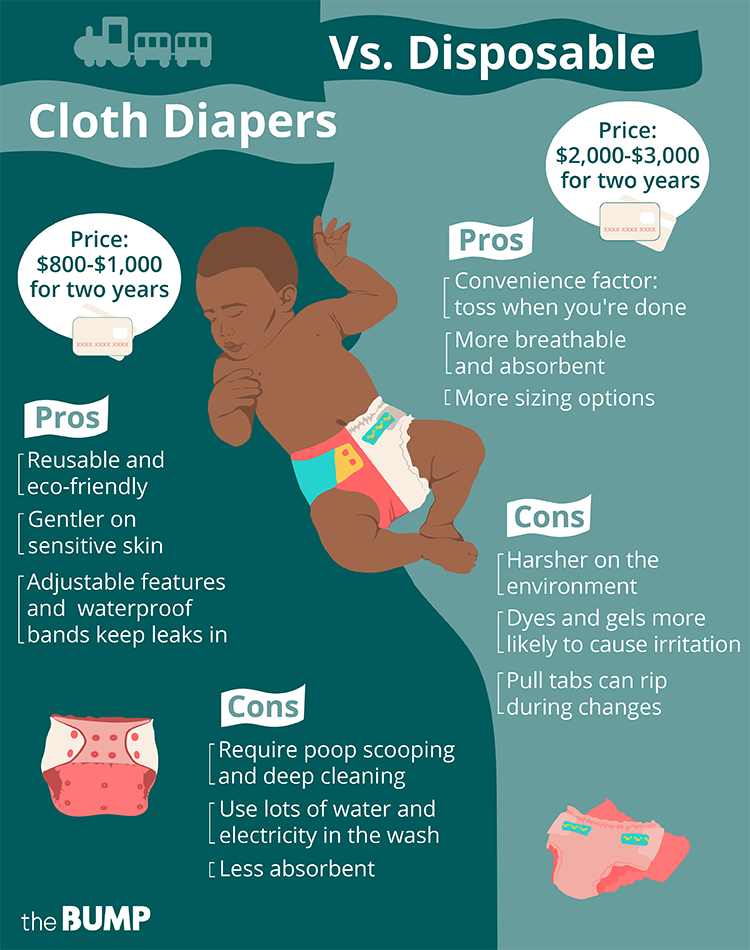
Credit: www.thebump.com
Health And Comfort
Choosing the right diaper for your baby is crucial. Health and comfort are the main factors. Cloth diapers offer both benefits and drawbacks in these areas. Below, we’ll explore the key aspects of skin sensitivity and comfort levels.
Skin Sensitivity
Cloth diapers are generally gentle on a baby’s skin. They are made from natural fibers like cotton, which are less likely to cause irritation. Many parents find that their babies have fewer diaper rashes with cloth diapers.
Here are some pros of cloth diapers related to skin sensitivity:
- Natural fibers reduce skin irritation.
- Fewer chemicals compared to disposable diapers.
- Breathable materials keep the skin dry.
Yet, there are some cons to consider:
- Need frequent changing to avoid moisture build-up.
- Improper washing can lead to residue buildup.
Comfort Levels
Comfort is another important aspect of diaper choice. Cloth diapers often provide a soft and comfortable feel against a baby’s skin. They come in various sizes and designs, ensuring a good fit.
Here are the pros related to comfort levels:
- Soft and cushy materials.
- Adjustable sizes for a better fit.
- Less bulkiness compared to some disposables.
But there are also some cons:
- Can be less absorbent than disposables.
- May require frequent changes.
For a quick comparison, see the table below:
| Aspect | Pros | Cons |
|---|---|---|
| Skin Sensitivity |
|
|
| Comfort Levels |
|
|
Convenience Factors
Cloth diapers are gaining popularity for their eco-friendliness. Parents often consider their convenience. This section delves into the convenience factors of cloth diapers.
Ease Of Use
Cloth diapers have evolved. They now feature snap closures and Velcro. This makes them user-friendly. Modern cloth diapers are as easy as disposables. Parents appreciate the convenience.
- Snap closures are simple to fasten.
- Velcro offers quick adjustments.
- One-size-fits-all options grow with your baby.
Cloth diapers can be pre-folded. This reduces preparation time. Parents find this very handy.
Cleaning And Maintenance
Cleaning cloth diapers requires effort. Parents need a washing routine. Proper maintenance ensures longevity.
| Task | Frequency |
|---|---|
| Pre-rinse | Before each wash |
| Main wash | Every 2-3 days |
| Drying | After each wash |
Some parents use a diaper service. This service handles the washing. It adds convenience but costs more.
Overall, cloth diapers need extra care. Parents must decide if it’s worth it.
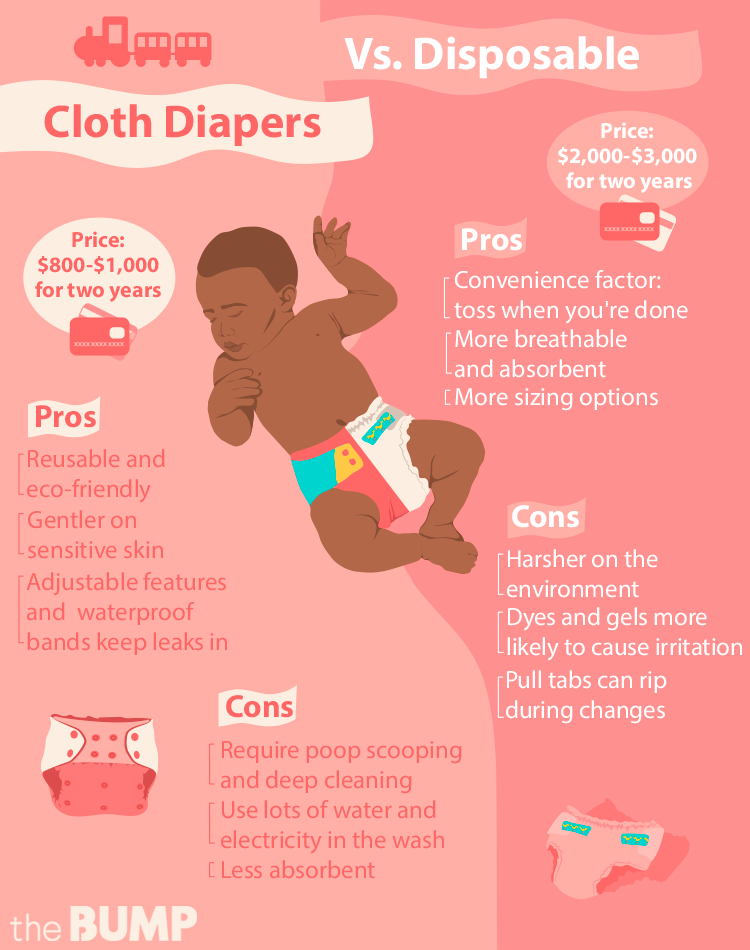
Credit: www.thebump.com
Variety And Customization
Cloth diapers offer a world of variety and customization for parents. This allows you to choose the best fit and style for your baby. From vibrant colors to unique patterns, the options are endless. The ability to customize ensures that each diaper meets your baby’s specific needs. Let’s explore the different styles and the customization options available.
Styles And Designs
Cloth diapers come in many styles and designs. The most common types include:
- All-in-One (AIO)
- Prefolds and Covers
- Pocket Diapers
- Fitted Diapers
- Hybrid Diapers
All-in-One (AIO) diapers are the easiest to use. They are similar to disposable diapers. Prefolds and covers are more traditional. They require a bit more effort. Pocket diapers have a pocket where you can add inserts. Fitted diapers offer a snug fit. They need a separate waterproof cover. Hybrid diapers combine cloth and disposable inserts.
The designs also range from plain colors to fun prints. You can find diapers with animals, shapes, and even cartoon characters.
Customization Options
Cloth diapers offer multiple customization options. These options ensure the best fit and absorbency.
| Option | Details |
|---|---|
| Inserts | Choose between cotton, bamboo, and microfiber. |
| Snaps and Velcro | Select adjustable closures for a perfect fit. |
| Sizes | Available in newborn, small, medium, and large. |
| Colors and Patterns | Pick from a variety of colors and prints. |
Inserts come in different materials. Cotton is soft and breathable. Bamboo is highly absorbent and gentle on the skin. Microfiber absorbs quickly but should not touch the skin directly.
Snaps and Velcro closures allow you to adjust the diaper’s fit. This ensures it is snug but not too tight. Different sizes cater to your baby’s growth stages. From newborn to toddler, there is a size for every stage.
Colors and patterns make diapering fun. Choose from solid colors or vibrant prints to match your baby’s wardrobe.
Community And Support
Choosing cloth diapers can feel overwhelming. But, a strong community offers support and advice. Fellow parents and experts share their experiences. This helps you make informed decisions.
Parental Networks
Joining a network of parents is invaluable. These groups are often found online and in local communities. They share tips, tricks, and solutions.
- Facebook groups: Many parents join these groups for daily tips.
- Local meetups: Meet other parents in your area for in-person support.
- Forums: Websites like BabyCenter host discussions on cloth diapering.
Educational Resources
Educational resources are essential for cloth diapering success. From blogs to video tutorials, information is abundant.
- Blogs: Many parents start blogs to share their cloth diapering journey.
- YouTube: Video tutorials can show you how to use and clean cloth diapers.
- Workshops: Some stores offer classes on cloth diapering basics.
Utilizing these resources can make cloth diapering easier. The community offers support and knowledge. This can help you navigate the pros and cons of cloth diapers.
Common Misconceptions
Many parents hesitate to use cloth diapers due to various misconceptions. Let’s debunk some of these myths, focusing on hygiene concerns and complexity myths.
Hygiene Concerns
One common misconception is that cloth diapers are less hygienic. This is not true. Modern cloth diapers have come a long way in terms of cleanliness and convenience.
Proper washing and care can keep cloth diapers as clean as disposable ones. Use hot water and a good detergent for effective cleaning. A washing machine does most of the hard work.
Another concern is about diaper rash. Many think cloth diapers cause more rashes. In reality, cloth diapers allow for better airflow, reducing the risk of rashes. Just change them regularly to maintain hygiene.
Parents also worry about smells. While it’s true that cloth diapers can smell, proper storage and washing can minimize odors. Using a diaper pail with a lid helps keep smells at bay.
Complexity Myths
Many believe cloth diapers are too complicated to use. This myth often scares parents away. Modern cloth diapers are actually quite user-friendly.
Here are some features that make them simple:
- Velcro or snap closures: These make putting on the diaper quick and easy.
- All-in-one designs: These diapers come with built-in inserts, eliminating the need for separate pieces.
- Pre-folded options: Some cloth diapers come pre-folded, making them as easy to use as disposables.
Another complexity myth is about traveling with cloth diapers. Many think it’s impossible. Using wet bags for storage and having a few extra diapers on hand can make traveling easy.
Some parents worry about the time commitment. Modern cloth diapers are much easier to maintain than older versions. A simple wash routine can save time and effort.
By understanding and addressing these misconceptions, parents can make a more informed decision about using cloth diapers.

Credit: www.healthline.com
Frequently Asked Questions
What Are The Benefits Of Cloth Diapers?
Cloth diapers are eco-friendly, reducing landfill waste. They are cost-effective over time. They also come in various cute designs and can be gentler on a baby’s skin, reducing the risk of diaper rash.
Are Cloth Diapers More Cost-effective?
Yes, cloth diapers are more cost-effective in the long run. While the initial investment is higher, they can be reused for multiple children, saving money over time compared to disposable diapers.
How Do You Clean Cloth Diapers?
Cleaning cloth diapers involves pre-rinsing to remove solids, followed by a hot water wash with a gentle detergent. It’s important to avoid fabric softeners and bleach, as they can reduce absorbency and cause skin irritation.
Do Cloth Diapers Cause Diaper Rash?
Cloth diapers can reduce the risk of diaper rash. They allow better airflow and don’t contain chemicals found in disposables. However, it’s crucial to change them frequently and ensure they are thoroughly cleaned to prevent any irritation.
Conclusion
Cloth diapers offer both advantages and disadvantages. They are eco-friendly and cost-effective. However, they require more maintenance and time. Carefully consider your lifestyle and needs before choosing. Balancing convenience with sustainability can help you make the right decision. Your choice will impact both your baby and the environment.

